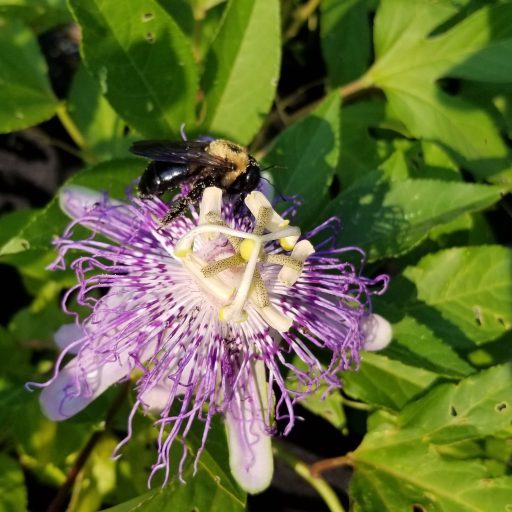I have a huge crop of wild oats standing in the open space around me. Does anybody have any idea what to do with them? The husk seems mighty.
I recently learned from Green Deane that some East Coast natives used to grind the nuts of Prunus species (there, the Chickasaw plum) with the fruit, and some how chemically render the cyanide style poison harmless. For those non botanists, what I’m talking about is all stone fruits, peaches, plums, nectarines, and almonds, all have quasi edible seeds (or pits.) All of them contain a type of poison in them, the almond being the one that has the least of it, and the only one currently eaten by most of the world. But all of them are otherwise very similar to almonds.
But as I learned, some East Coast natives used some processing to make the seeds safe to eat. They used the Chickasaw plum, which is similar if not the same species as many of our wild plums. This would be a major boon for real local food sustainability. Here, in the Bay Area, wild plums are the most abundant and easy to obtain wild food. They are also, in our climate, one of the few tree species that actually come up from seedlings like weeds. Also, in less disturbed or less populated areas here we have Islay, Prunus illicifolia, which is larger and tastier as far as I can tell. And more drought tolerant. And evergreen.
